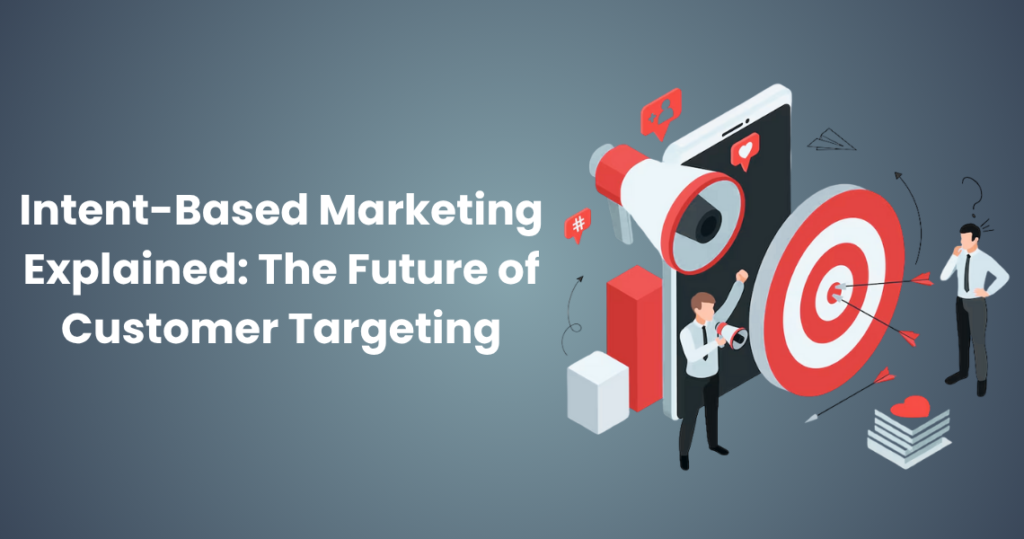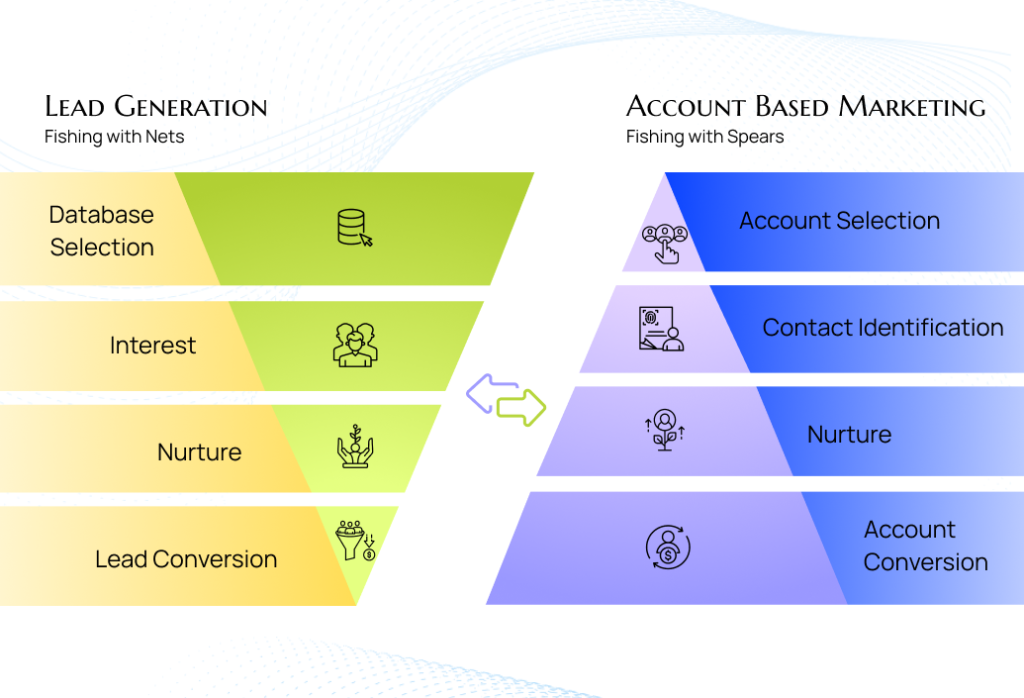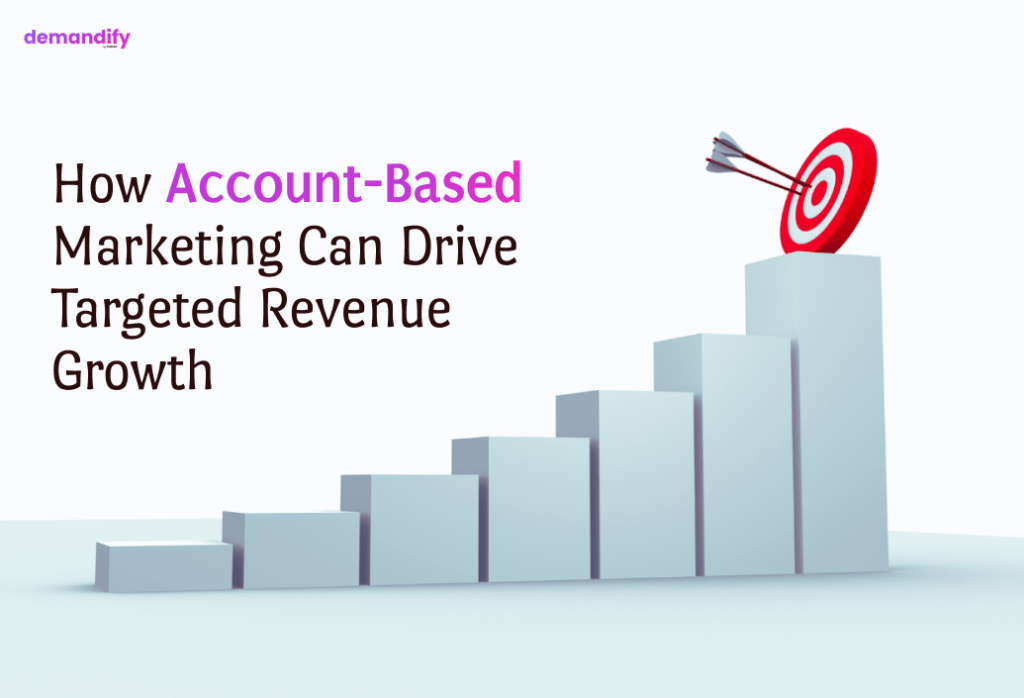
Intent Data and Buyer Personas: Aligning Your Strategy for Maximum Impact
In today’s competitive landscape, understanding your audience is the key to driving successful marketing campaigns. Two crucial tools for achieving this are intent data and buyer personas. When combined effectively, they can align your strategy and deliver personalized experiences that resonate with your target audience.
What Is Intent Data?
Intent data refers to information that indicates a potential customer’s readiness to purchase or engage with a product or service. This data is derived from user behaviors such as website visits, content downloads, or search patterns, revealing where a prospect is in the buyer’s journey.
What Are Buyer Personas?
Buyer personas are detailed profiles of your ideal customers. These personas include demographic information, pain points, goals, and behavioral insights, providing a roadmap to connect with your audience on a deeper level.
Why Align Intent Data with Buyer Personas?
By merging intent data with buyer personas, you can create a powerful strategy that is both targeted and timely. While buyer personas provide a static picture of your audience, intent data adds a dynamic layer by showing real-time behavior and interests. Together, they help you:
- Target the Right Audience: Understand not just who your customers are but what they need at the moment.
- Personalize Outreach: Craft messages that resonate based on the customer’s current intent and persona profile.
- Optimize Marketing Spend: Focus resources on prospects who are most likely to convert.
Steps to Align Your Strategy
1. Build Accurate Buyer Personas
Start with comprehensive research to create detailed buyer personas. Include information like:
- Demographics (age, location, job title)
- Challenges and pain points
- Buying motivations
- Preferred communication channels
2. Leverage Intent Data Sources
Collect intent data from sources like:
- Website Analytics: Track user behavior on your site.
- Third-Party Providers: Obtain industry-specific intent signals.
- Social Media Activity: Monitor engagement and content consumption.
3. Map Intent Data to Buyer Personas
Overlay intent data with your personas to identify patterns. For instance, if a persona frequently downloads whitepapers on a specific topic, this indicates an interest that can guide your content strategy.
4. Personalize Content and Outreach
Use the insights from the alignment to tailor content and messaging. If a persona is in the research phase, share educational materials. If they show high purchase intent, provide product demos or promotional offers.
5. Continuously Monitor and Adjust
Both intent data and personas evolve over time. Regularly update your profiles and refine your strategy to stay relevant and effective.
Conclusion
Aligning intent data with buyer personas is the key to building smarter, more effective marketing strategies. It bridges the gap between understanding who your audience is and knowing what they want right now. By combining the static insights of buyer personas with the dynamic signals of intent data, you can deliver personalized experiences that drive conversions and foster long-term customer relationships.








